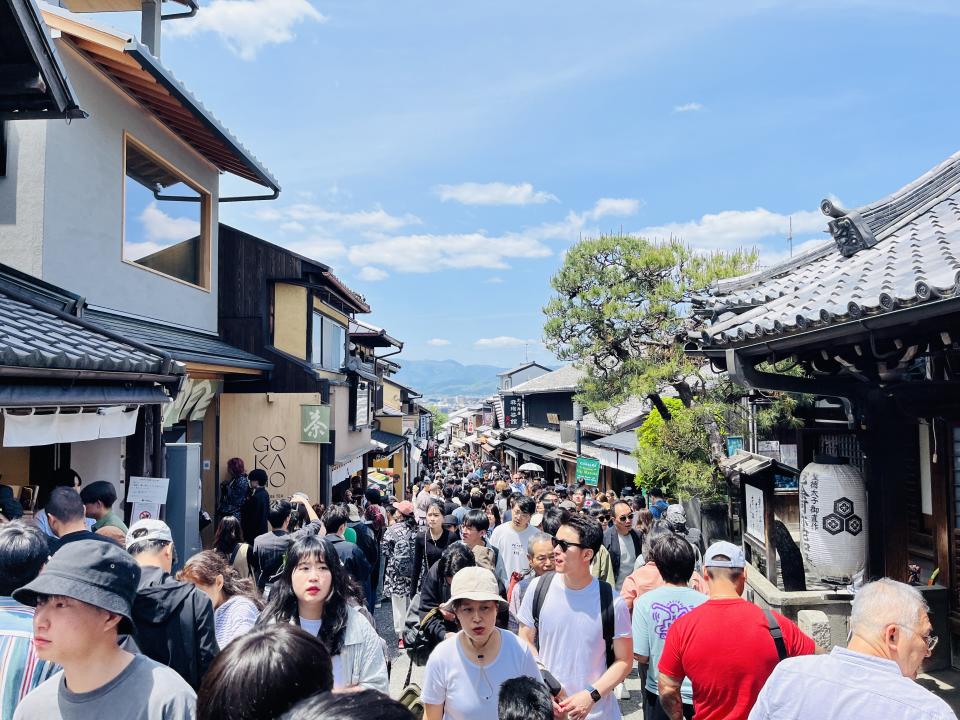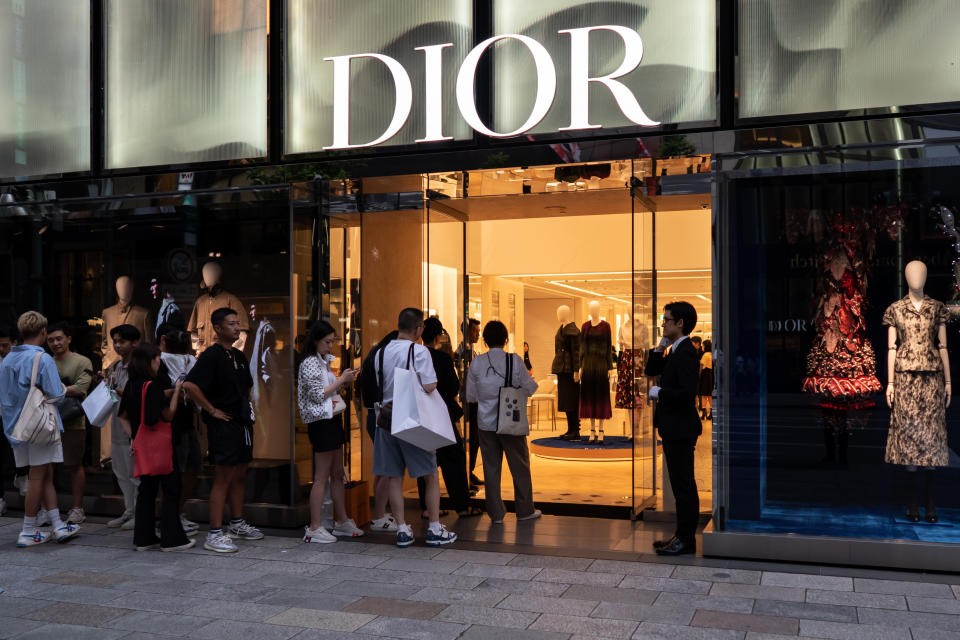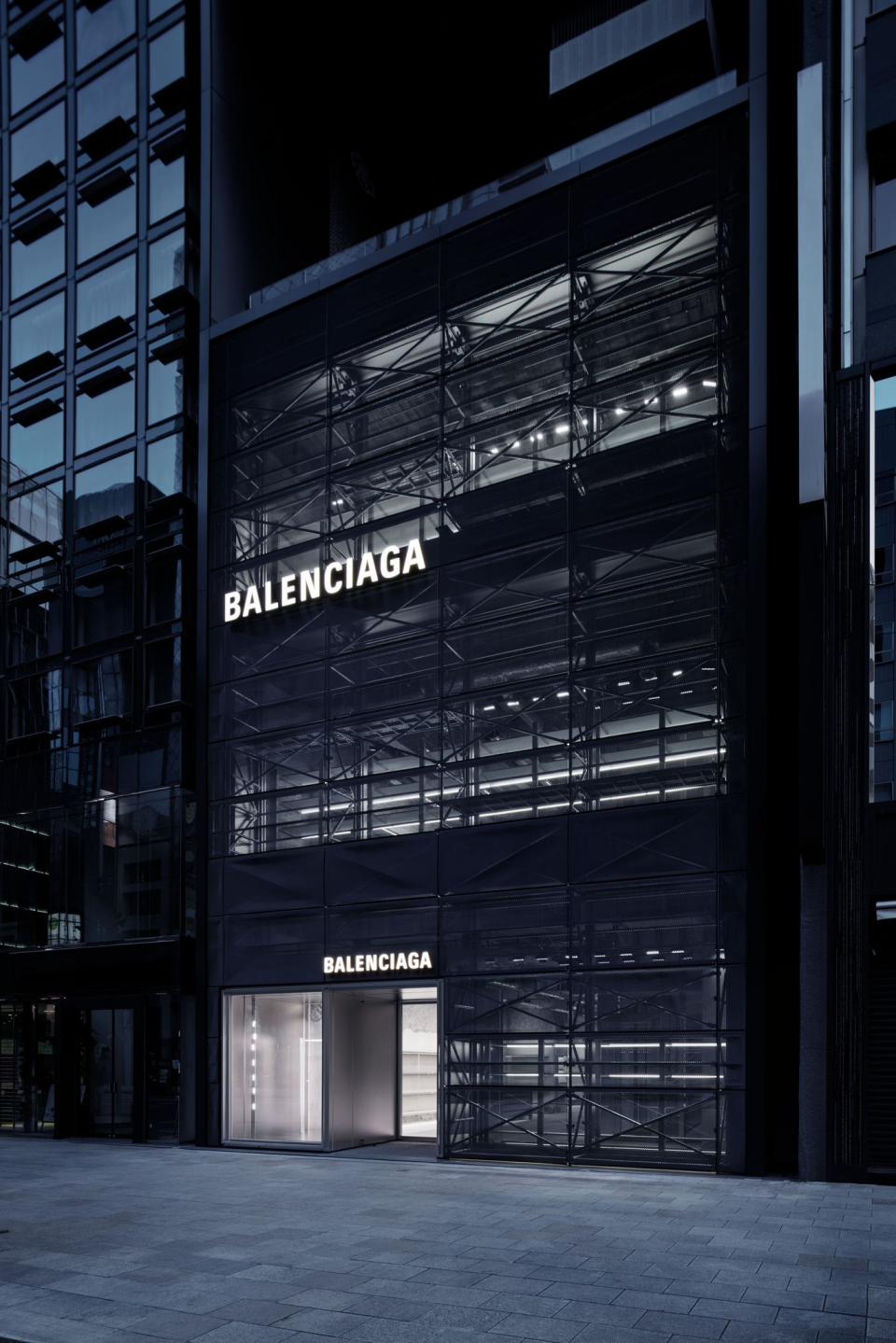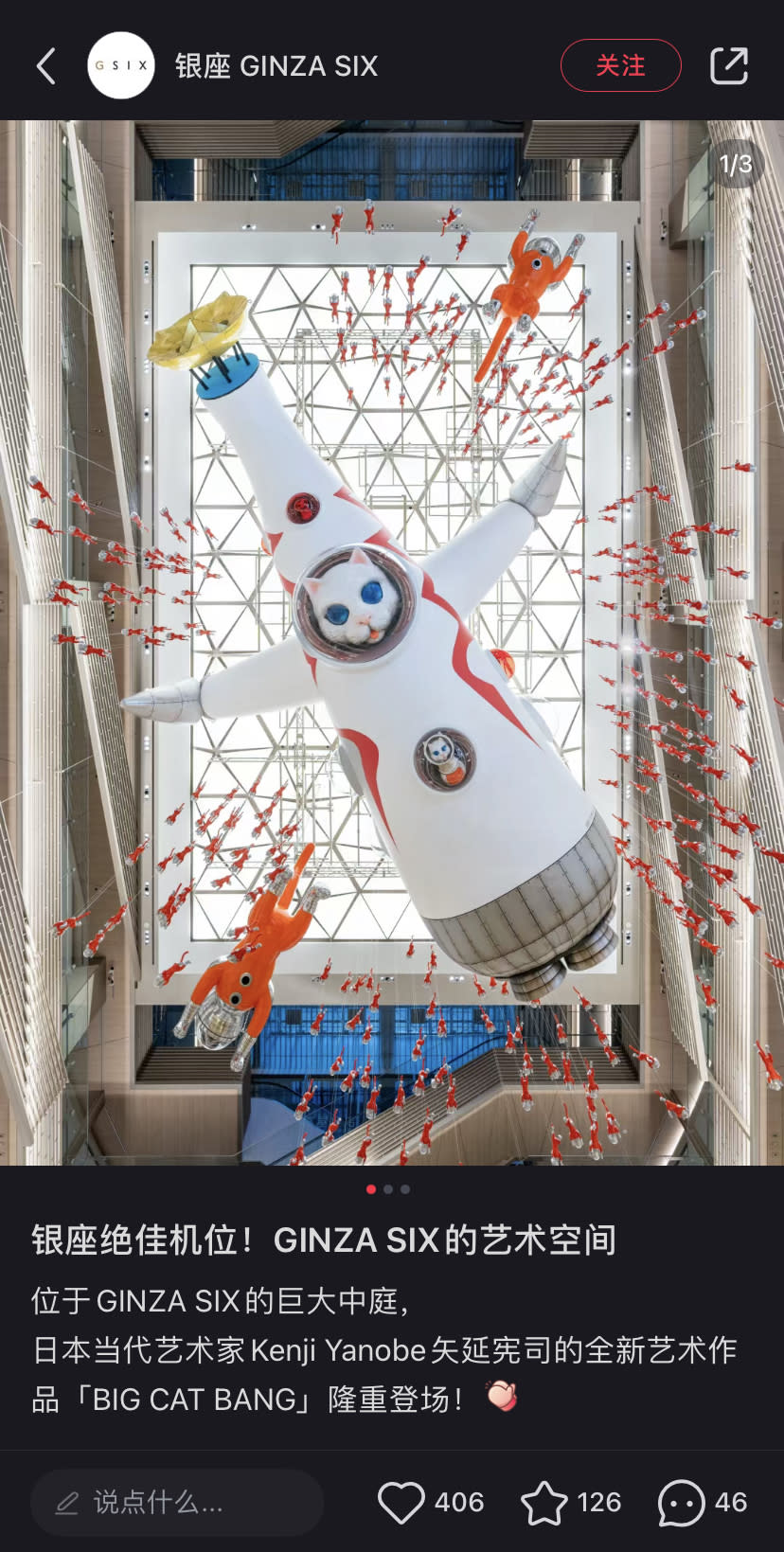Chinese Shoppers Drive Luxury Sales in Japan Despite Macro Concerns

In recent months, Chinese shoppers have found themselves waiting in long lines, perhaps exchanging shopping tips, in Tokyo, Osaka and Kyoto, where they were able to purchase luxury goods at unprecedented prices.
As the Japanese yen sank to a 34-year low against the dollar, price differences for luxury goods between mainland China and Japan have almost reached the highest level in 18 months, according to data from Luxurynsight, a Paris-based consulting agency.
More from WWD
“The fall in the yen brought luxury brands to be even less expensive in Japan [for Chinese shoppers] than in Paris,” observed Luxurynsight founder Jonathan Siboni, who believed travel retail was one of the main reasons why LVMH Moët Hennessy Louis Vuitton’s sales grew 32 percent in Japan during the first quarter. In stark contrast, organic revenue in Asia, which China dominates, declined 6 percent year-over-year in the same quarter.
According to Ctrip, China’s largest online booking platform, Japan was the most popular travel destination for outbound Chinese travelers during the most recent May Day holiday. Other popular destinations included Singapore, Thailand, South Korea and the U.S. According to data from China’s Ministry of Culture and Tourism, 4.8 million Chinese residents traveled abroad during the five-day holiday, up 38 percent year-over-year.

Louis Vuitton, Chanel and Van Cleef & Arpels were among the most popular brands mentioned by Chinese shoppers on Xiaohongshu, the Chinese social commerce platform.
According to Luxurynsight, Chinese shoppers can save up to 25 percent after a tax refund by buying in Japan. For example, a Chanel Classic Flap is 10,640 renminbi, or $1,472, cheaper in Japan compared to the Mainland market; a popular Louis Vuitton carryall is around 4,900 renminbi, or $678, cheaper; the Miu Miu Aventura handbag, a The Row Margaux-adjacent style, can be bought at 9,204 renminbi, or $1,273, less, and a Van Cleef & Arpels Alhambra bracelet is 10,303 renminbi, or $1,426, less.
The hashtag “LV shops are filled with Chinese” dominated Weibo trending topics during the national holiday, garnering more than 8.7 million clicks on the Chinese social media platform. “The Louis Vuitton bag is the best souvenir Japan has produced so far,” wrote one Chinese netizen.
At Japanese department store Takashimaya, some eager consumers waited all night to be the first to shop at Louis Vuitton, according to posts shared on Xiaohongshu. Some trekked to stores in smaller tourist destinations, such as Kobe and Nara, to avoid long lines. In the Japanese market, Louis Vuitton has 55 stores, compared to around 53 in mainland China.

According to Barclay’s Wendy Liu, renewed consumer interest in top-tier luxury brands reflects a more value-driven Chinese consumer mindset.
“People are taking less risk in terms of the brands they shop, they want to buy brands that hold value,” said Liu. “They think Hermès and Louis Vuitton hold value a bit better than some of the aspirational, more fashion-ended luxury brands.”
According to data from the Japan National Tourism Organization, more than 1.3 million mainland Chinese travelers visited Japan in the first quarter, up 826 percent year-over-year.
Chinese shoppers’ average spending reached 293,100 yen, or $1,884, the highest among vacationers.
“It’s a perfect storm for travel retail in Japan, with favorable exchange rates, tax refunds and exceptional retail services,” said England Summers, a Tokyo-based brand strategist. “It’s also a plus that Tokyo has so much to offer with its rich culture; it’s not just about shopping for these Chinese travelers.”
Even though luxury players rarely produced spectacle runway events in the Japanese market in recent years, they have quietly accelerated regional retail expansion plans to accommodate affluent Chinese shoppers.
In 2021, Louis Vuitton opened two flagships, one in Ginza and another in Osaka; in March, Hermès opened a new stand-alone store in Azabudai Hills. Last month, Balenciaga’s second Ginza store bowed in the newly opened Toraya Ginza Building. Last October, Tiffany & Co. opened a flagship in Omotesando; the same month, Boucheron opened its second-largest flagship in Ginza.

To lure Chinese shoppers, retailers are hiring more Chinese-speaking staff and have taken to Chinese social media to communicate with Chinese netizens directly.
Ginza Six, a top-selling luxury department store in Tokyo, recently launched its official account on Xiaohongshu, the popular social commerce platform. Its first post, which introduced a space-themed art installation by artist Kenji Yanobe, quickly garnered more than 400 likes. On WeChat’s Mini Program, Shiseido recently introduced a digital travel guide called “Guanmei Japan.”

Facing lower-than-expected economic growth in China, Barclays expects the local luxury retail market to expand by zero to 5 percent in 2024, a slightly more optimistic view than previously.
“Chinese shoppers are more prudent with where they spend their money for sure, but it’s different from being strapped for cash,” explained Summers.
For Siboni, whether brands should increase investment in China or Japan depends on the percentage of destination purchases that were impulse buys and the percentage that were more premeditated.
“If planned in advance, brands should increase marketing budgets in China. If it’s an impulse buy in Japan, they should rather focus on increasing brand distribution in Japan. In reality, it is more a mix of both, which reinforce each other in a virtuous circle,” explained Siboni.
“The challenge today is that we cannot distinguish communication and distribution anymore,” added Siboni. “For example, when brands do livestreaming, part is for brand equity and marketing, and part results in sales. Which may or may not happen in mainland China.”
Best of WWD

 Yahoo Finance
Yahoo Finance 